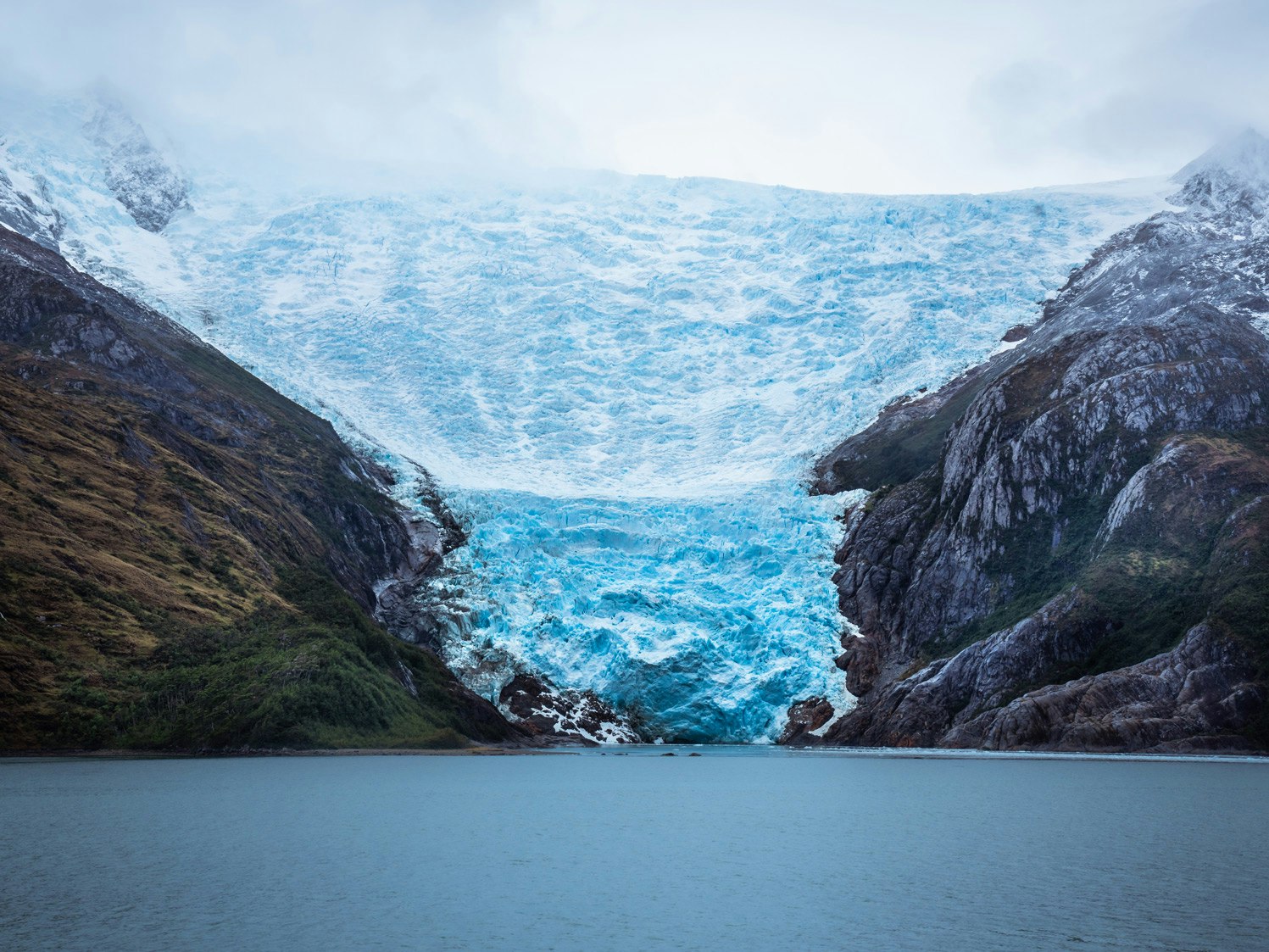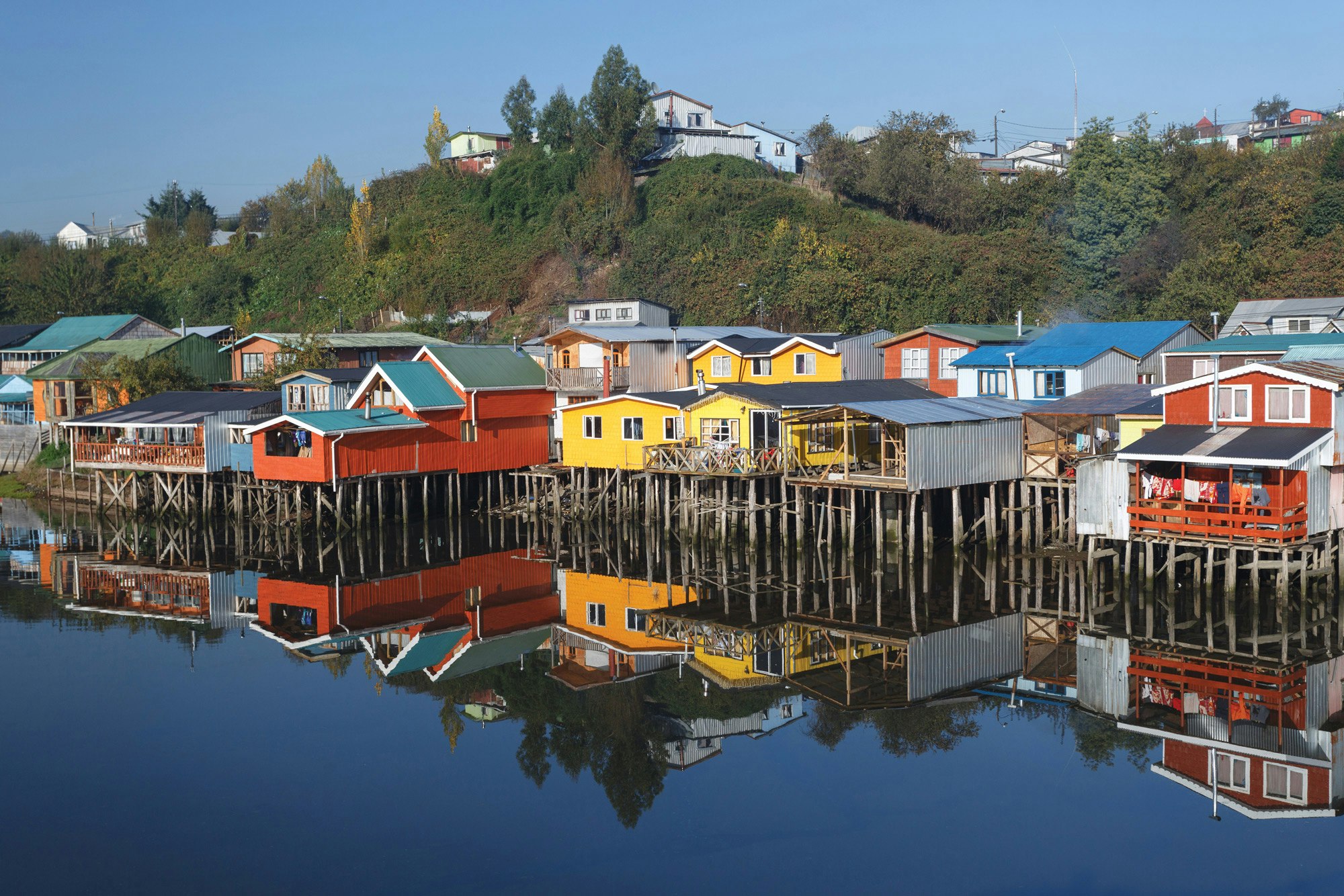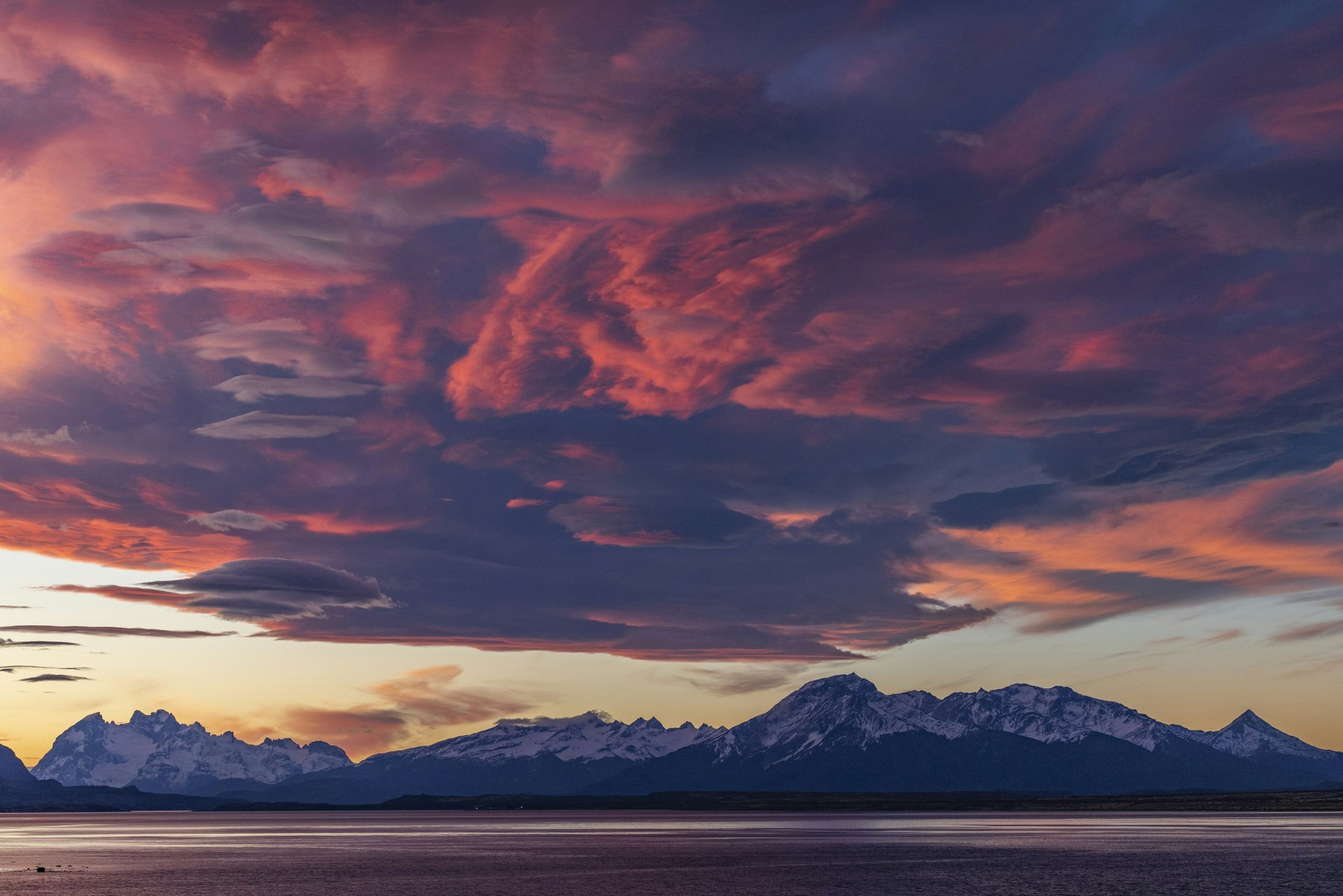Venture to the heart of the Patagonian wilderness for incredible moments of discovery.
Sprawling across the border of Argentina and Chile, Patagonia is one of the planet’s greatest frontiers. Wild and isolated, Patagonia’s wind-swept plains, glaciated mountain ranges and turquoise lakes stretch for thousands of miles. Despite its desolation, it holds a wealth of unique flora and fauna.
With expert guides who have spent years living and working in Patagonia, our expeditions and treks offer a deep connection to this wild and untamed land. Whether cruising or trekking, we’ll take you straight to the heart of Patagonia’s rugged beauty.
Patagonia Treks & Expeditions 2025/2026
Explore Patagonia
At the sharp end of South America lies the unique region of Patagonia. Incorporating glacial fronts, temperate rainforests and granite spires across two countries, Argentina and Chile, Patagonia is one of the most diverse and visually spectacular locations in the world.
Patagonia Cruising
Explore Patagonia on an immersive expedition cruise, where you will sail the legendary Beagle Channel, Zodiac-cruise through fjords flanked by massive glaciers, keeping your eyes peeled for whales and other playful marine life. Treasure an overnight stay in the legendary Torres del Paine National Park, for a taste of hiking through its awe-inspiring landscapes.
Patagonia Trekking
Embark on a 10-day Patagonia trek for the ultimate adventure, immersing yourself in this untamed wilderness. Witness the thunderous ice calving of Perito Moreno’s 5km glacier front, catch the sunrise over Torres del Paine, and take in breathtaking views from Cerro Fitz Roy and Cerro Torre base camps. Spot flamingos, ibis, and swans along the shores of Lake Argentino, or encounter a curious guanaco as you traverse the vast Patagonian steppes.



-in-Castro,-Chiloe-Island,-Patagonia,-Chile;-Shutterstock.jpg?language=en&auto=format&w={width}&fit=cover)









